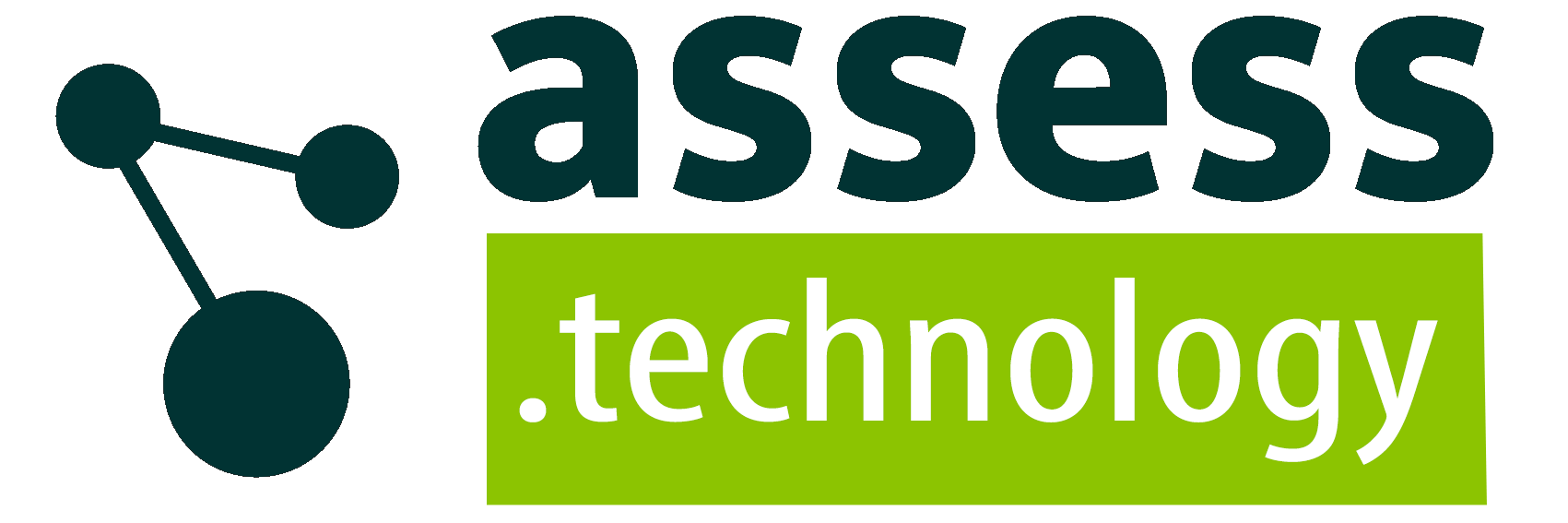Citizens’ juries as a form of participatory technology assessment
Rituals of decision-making that allow societies to plan for the future and adjudicate in disputes have rich histories in many societies. Perhaps the best documented ancient model was the theatre of political debate provided by the agora (assembly place) of Athens, beginning in the 5th century BC. Other similar traditions include the Gotti among the Adivasis (indigenous peoples) of the Eastern Ghats in India.
In courts of law across the world, it is common practice for jurors to hear from witnesses for the prosecution and the defence, deliberate in private and then reach a decision by majority vote that is then announced to the community. The perceived fairness of the jury system stems from the notion of trial by one’s peers and from the performance of justice in public, as, in its ideal form, an unbiased jury weighs all the relevant evidence.
Citizens’ juries have varied widely in their design and implementation, but conventionally, they follow a uniform procedure. Twelve or more members of the general public (the ‘jurors’) participate in a process of dialogue under the guidance of a chair or facilitator. They interrogate specialist commentators (sometimes called ‘witnesses’) chosen because of their knowledge of a particular subject.
Unlike legal juries, it is an issue, not an individual that is ‘on trial’.
Jurors then draw up and publish their conclusions, with a few jurors possibly acting as advocates on behalf of the whole jury. The citizens’ jury process is intended to be transparent, with fairness and balance safeguarded with regards to the information provided by the witnesses and the chairing of the deliberations that follow.
Common features for a citizens’ jury:
1) Members of the jury come from a range of backgrounds.
2) The commentators present contrasting perspectives on the topic under debate. The jurors cross-question them, with the guidance of one or more neutral chairpersons or facilitators.
3) The jurors participate in a process of deliberation, aided again by facilitators. Typically, a short report is compiled, containing recommendations for policymakers.
In competently organised juries, the democratic rigour of the process is safeguarded through close collaboration between the facilitators and an independent oversight committee made up of people from a broad range of backgrounds with relevant knowledge of the subjects under discussion, or experience of processes of public deliberation. Members of the oversight committee may have a vested interest in the outcome, but take no direct part in facilitating the jury. However, they do observe the process directly and may intervene as it proceeds to request that certain elements of the process be modified.
Following their development by Ned Crosby in the 1970s and their dissemination by the Jefferson Center in the US since the 1980s, hundreds, probably thousands, of processes called citizens’ juries have now taken place. They have been undertaken by a range of people and organisations with widely contrasting objectives, values, enthusiasm for critical thinking and approaches to the politics of knowledge. They have been conducted in a broad spectrum of political settings, ranging from nations emerging from dictatorship to those that consider themselves to be mature social democracies.
The power of citizens’ juries to contribute to effective technology assessment platforms rests on the incorporation of the principles of participatory action research (PAR) into the process.
Citizens’ juries should use the principles of PAR to address structural inequalities by allowing the very framing of the issues to be discussed according to the priorities of people whose knowledge has previously been marginalised, rather than simply a particular technology that is of interest to their sponsors. To be effective these “do-it-yourself” citizens’ juries need to be part of wider PAR processes that allow those who share such excluded perspectives to have the opportunity to re-frame questions that are being asked by scientists and technology developers.
The use of citizens’ juries for technology assessment began in 1998 with the Citizen Foresight process.
